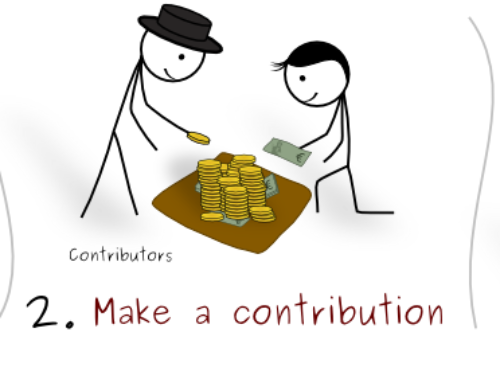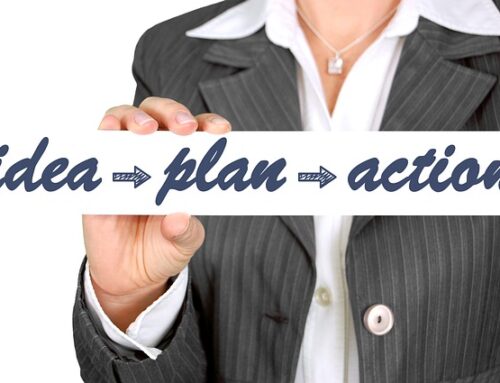Flow represents a peak of self-regulation, the maximal harnessing of emotions in the service of performance or learning. In flow we channel positive emotions in an energized pursuit of the task at hand. Our focus is undistracted, and we feel a spontaneous joy, even rapture.
The flow concept emerged from research where people were asked to describe a time they outdid themselves and achieved their personal best. And no matter the specifics, the underlying state they described was one and the same.
The chief characteristics of flow include:
Getting into flow lets you use whatever talent you may have at peak levels.
People who have mastered a domain of expertise and who operate at the top of their game typically have practiced a minimum of 10,000 hours – and are often world class in their performance. When such experts are engaged in their skill, whatever it may be, their overall levels of brain arousal tend to become lower,
An early brain study suggested that while people are in flow, only those brain areas relevant to the activity at hand are activated. This contrasts with the brain of a person who is bored; then you see randomly scattered neural activation, rather than a sharp delineation of activity in the areas relevant to the task.
In the brain of a person who is stressed, you find lots of activity in the emotional circuitry which is irrelevant to the task at hand, and which suggests an anxious distractedness.
There are several pathways to get people to flow:
Adjust demands to fit the person’s skills. If you manage people’s work, try to gauge their optimal level of challenge. If they’re under-engaged, increase the challenge in ways that make their work more interesting – for instance by giving a stretch assignment. If they are overwhelmed, reduce the demand and give them more support (whether emotional or logistic).
- Practice the relevant expertise to raise skills to meet a higher level of demand.
- Enhance concentration abilities so you can pay more attention, because attention itself is a pathway into the flow stage.
Notice when we/others have left the zone of positive stress and peak performance, so we can apply the apt remedy. There are several indicators to watch for. The most obvious is performance decline: you can’t do the task as well, whatever the metric may be for measuring it.
Another is wandering attention, loss of focus, or boredom. And there are more subtle clues that can show up before a noticeable performance decrement. For example, someone who seems “off” compared to how they normally do things, or who seems very rigid in how they respond rather than considering alternatives, or who is cranky and easily perturbed – any of which might signal that anxiety is impairing their cognitive efficiency.
The flow formula
The formula for eliciting flow includes a balance between the demands of the situation and a person’s skills – very often flow occurs when we are challenged to use our abilities to their utmost. But just where that optimal point will be varies widely from person to person.
A general strategy for enhancing the likelihood of flow is to regularly practice methods that enhance concentration and relax you physiologically. Treat these methods like you would your fitness routine – do them every day, or as many days as you can.
For example, I like to meditate every morning, and I think it helps me stay in a positive, calm, and more focused frame of mind through most of the day. If you are in a high-stress job, you can benefit from regularly giving your brain and body the chance to recover and relax. Meditation is only one of many methods for getting relaxed; the key point is to find one you like and practice it regularly.
Another question, apart from the anti-stress benefits, is how can you enhance concentration abilities? Concentration is mental skill, and every skill can be enhanced by practice. But with the escalation in distractions we all face these days, this becomes a crucial issue in the workplace. The more we are distracted, the less effective we become.
The cardinal rule of all concentration enhancement techniques is to focus on A and whenever your mind wanders off to topic B or C, D, E, F, and you realize that it has wandered, bring it back to A again.
Every time you bring the wandering mind back to a concentrated state you’re enhancing the muscle of concentration. It’s like being on a Nautilus machine and doing repetitions for a muscle, only you’re strengthening a muscle of the mind: attention.





